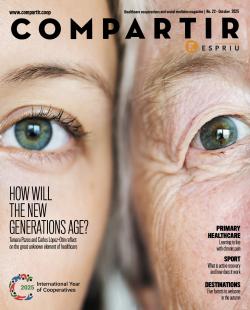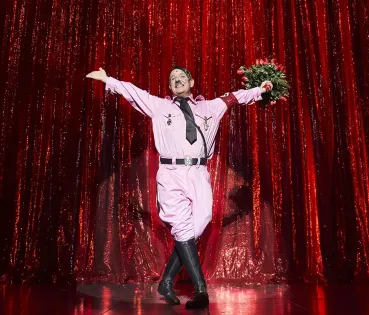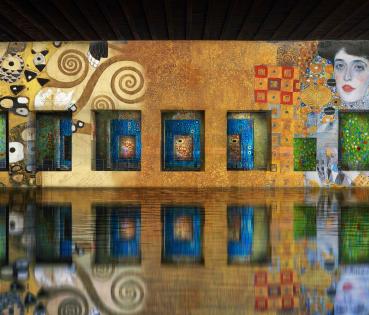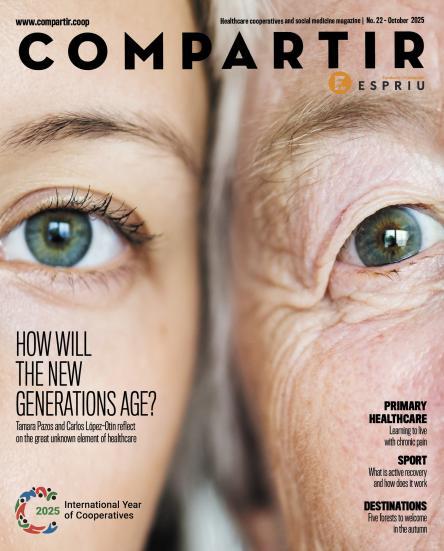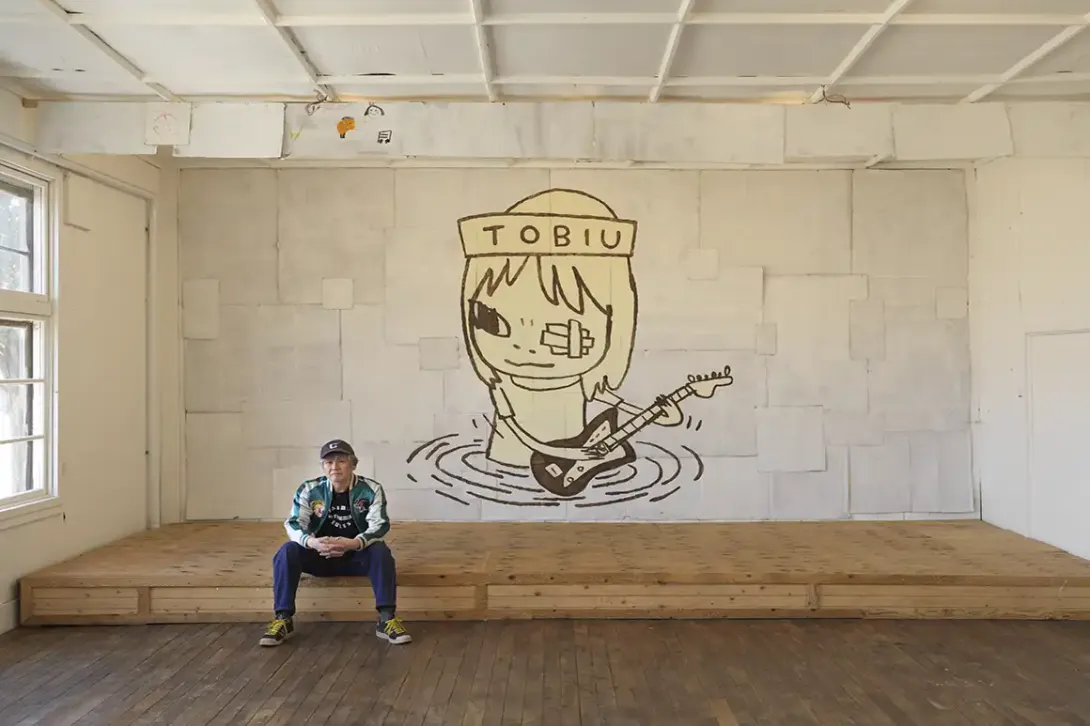
Yoshitomo Nara and the art that imitates life
The first important European exhibition dedicated to this Japanese icon of contemporary art covers the last four decades of his work and has been expressly conceived for the space in the Bilbao Guggenheim Museum.
When Yoshitomo Nara was born in Hirosaki in 1959, he arrived in a universe that was about to radically change. As occurred in many western countries in the sixties and seventies, the Japan in which Nara grow up, experienced an important economic boom, an awakening of progressive awareness and social change, increasingly influenced by the Anglo-Saxon powers, a growing interest in global pop culture, along with the development of its own.
Yoshitomo Nara first steps
In spite of the fact that the spirit of the era fomented opening, interconnection and the forging of communities, Nara’s childhood was marked by a great feeling of isolation. For him, culture and art, particularly folk and blues music imported from the United States, England and Ireland were not symbolic representations of the world, but rather true portals towards it. Therefore, his first and most impacting impressions of reality were mediated by the exalted emotionality of these forms, for their introspection, melancholy and often dissidence; feelings that were intensified by a lack of understanding of the language and the need to interpret them exclusively from his sensorial sensitivity.
Later on, after graduating at the University of Arts in the Aichi prefecture, these formative emotions would transport Nara’s work in his youth, and they would never leave it. After visiting Europe a few times in the nineteen eighties, which helped him to become familiar with and feed on its pictorial tradition and its avante garde currents, the artist decided to move to Germany, where the feeling of isolation returned due to his ignorance of the language.
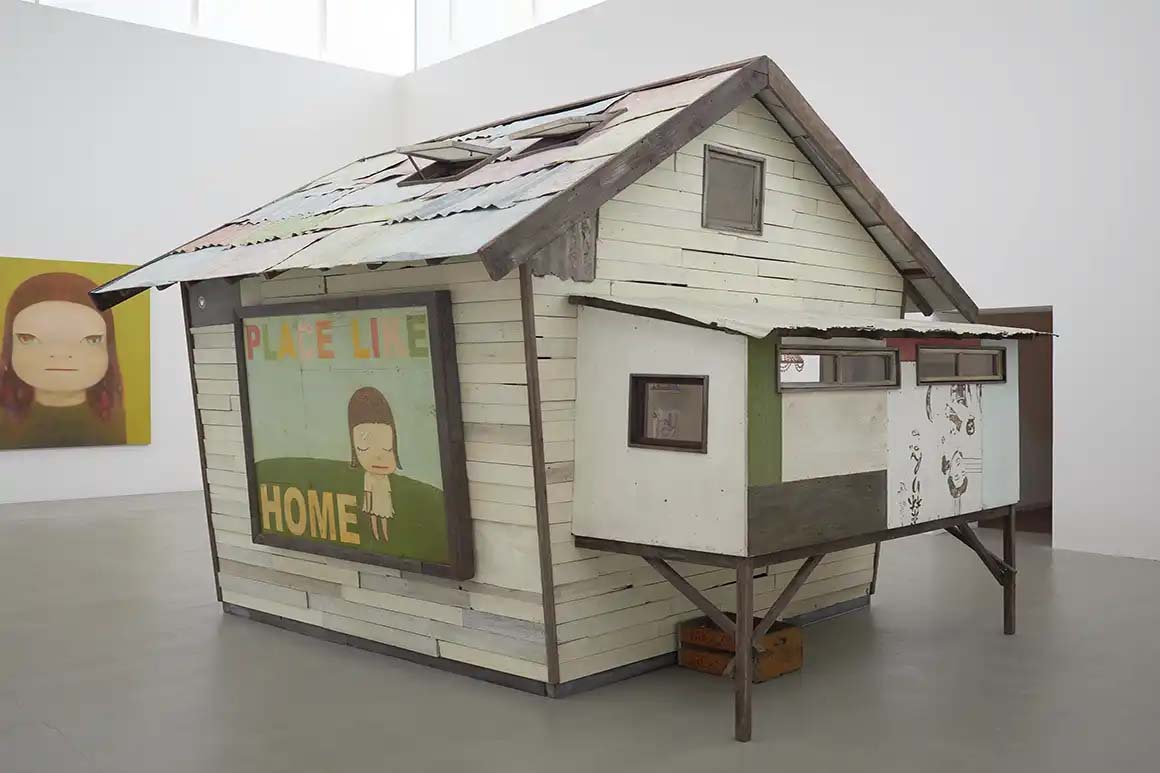
Music then arose as a great source of inspiration, this time through the irreverent attitude of punk and new wave. These were the background for his famous figures: characters with exaggerated features, emotive and widely recognisable that distilled his most intimate visions and instincts and that turned him into one of the main examples of contemporary art (Japanese and in general), respected by critics and adored by the public.
In his almost caricaturistic style, his almost infantile imagination is permeated by an aura of inescapable nostalgia, but also a sharp character, both pillars of his work, moulded during his journey through different life experiences and events such as the series of disasters that devastated Japan in 2011, which consolidated his commitment to activism and community projects.
An exhibition designed for the Guggenheim
Now, the Bilbao Guggenheim Museum has curated Nara’s first important European retrospective show: an exhibition conceived expressly for this space that covers the last 40 years of the artist’s work, from 1984 to the present day. Organised thematically according to Nara’s own criteria, the journey invites visitors to delve into his creative process, exploring the links between his inner feelings, his inspirations and his pieces.
This structure also allows the recurrent symbology and the leitmotivs that Nara has incorporated to his work over the decades to be appreciated (elements such as the red-roofed house, the box or the puddle) and to observe his evolution as a plastic artist through paintings, sculptures and drawings as famous as Sleepless Night (Sitting), which portrays a child dressed as a dog sitting on a stool, or Too Young to Die, where a little girl appears smoking a cigarette with a challenging grimace on her face.
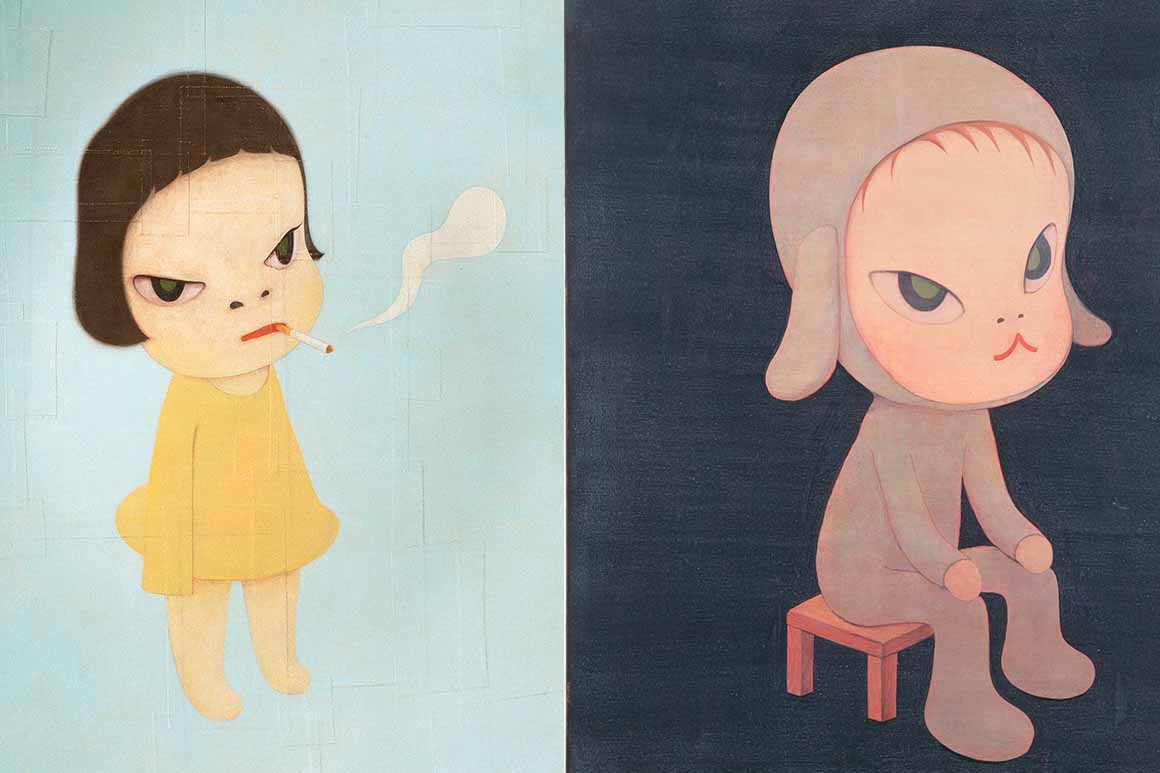
The exhibition may be visited in Bilbao until the 3rd of November and it will then be moved to the Frieder Burda Museum in Baden-Baden (Germany) and to the Hayward Gallery in London. But if you don’t have the opportunity to visit the show in person, you can enjoy it virtually through the Guggenheim Museum’s website. Click on this link to access the virtual tour of the exhibition on the Guggenheim Museum Bilbao website.
